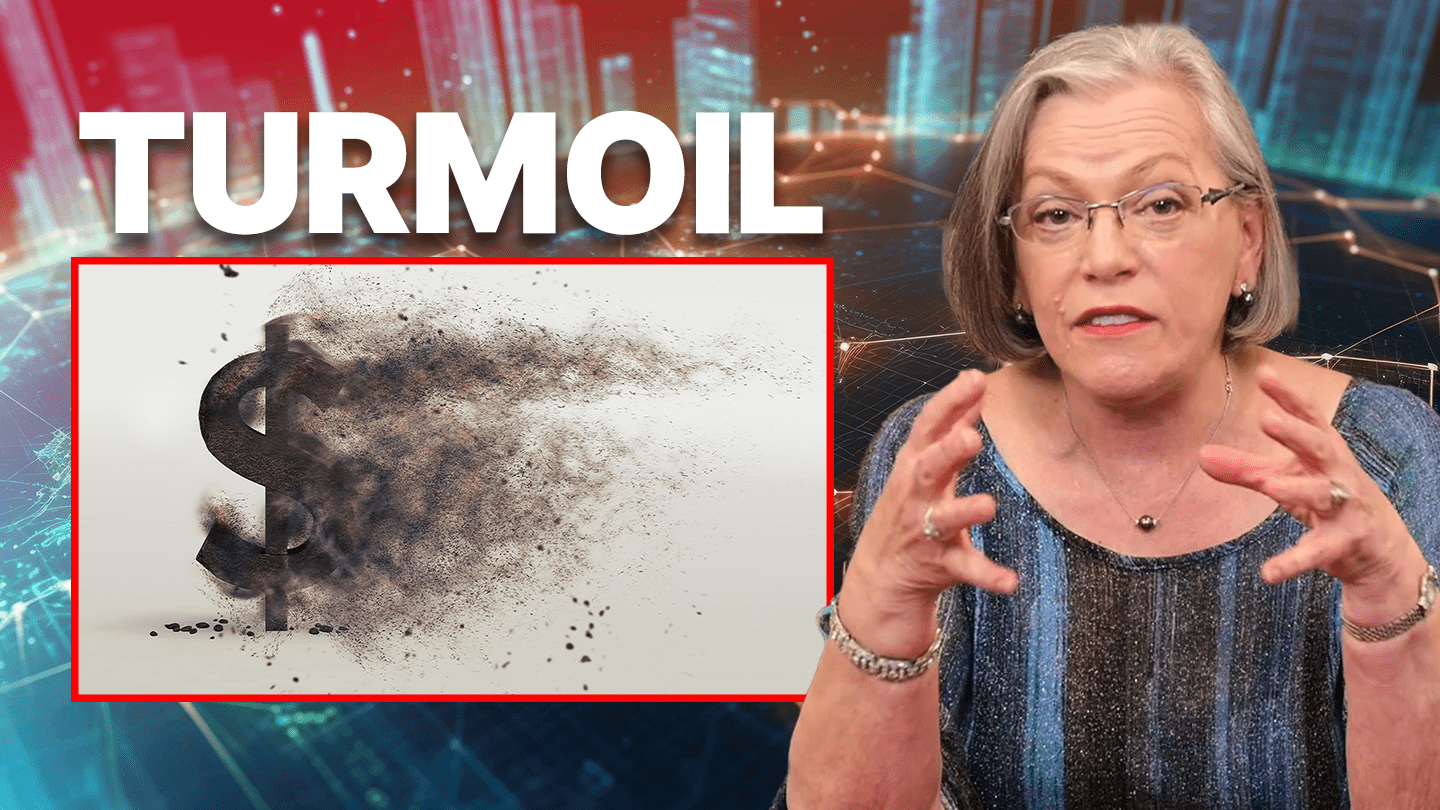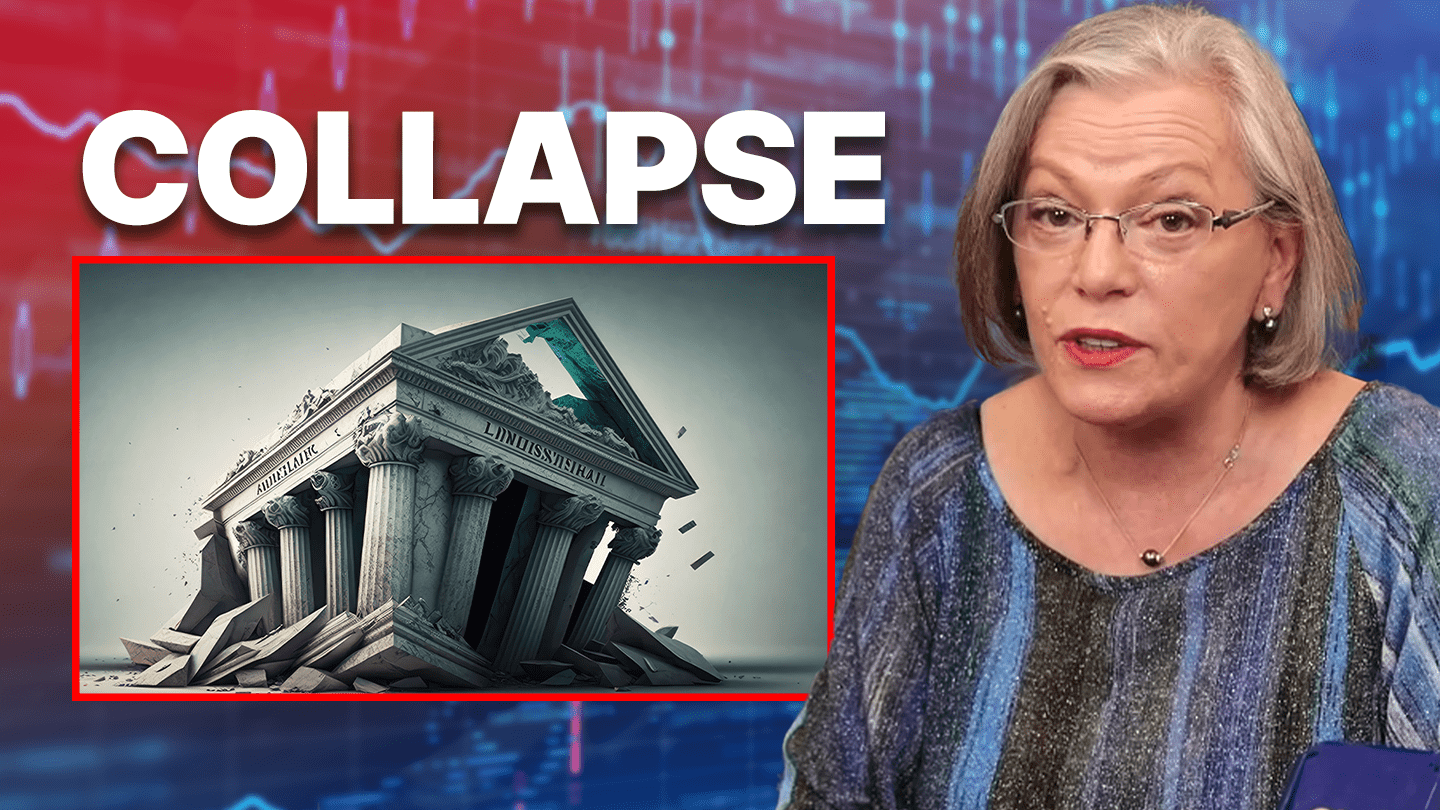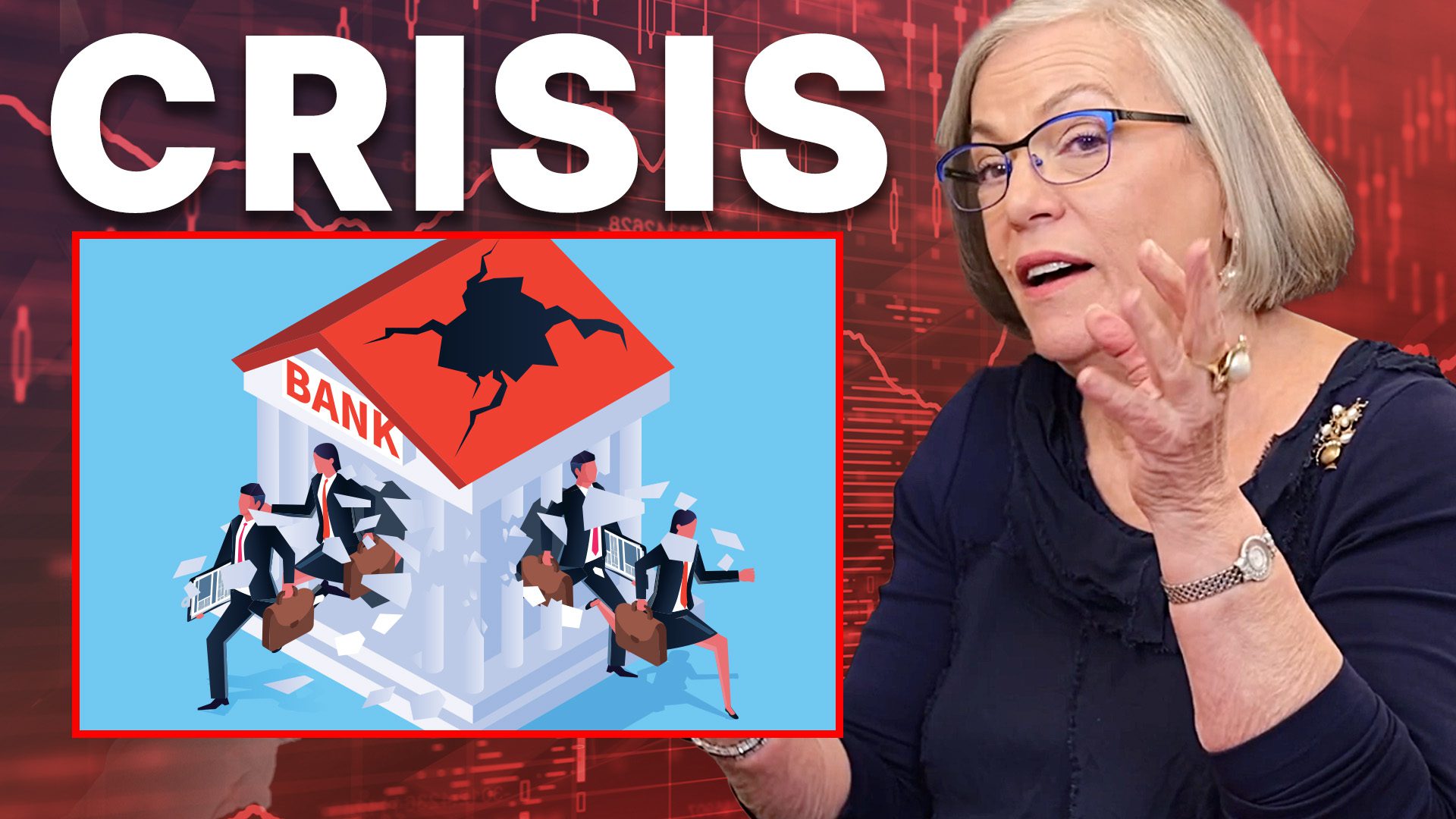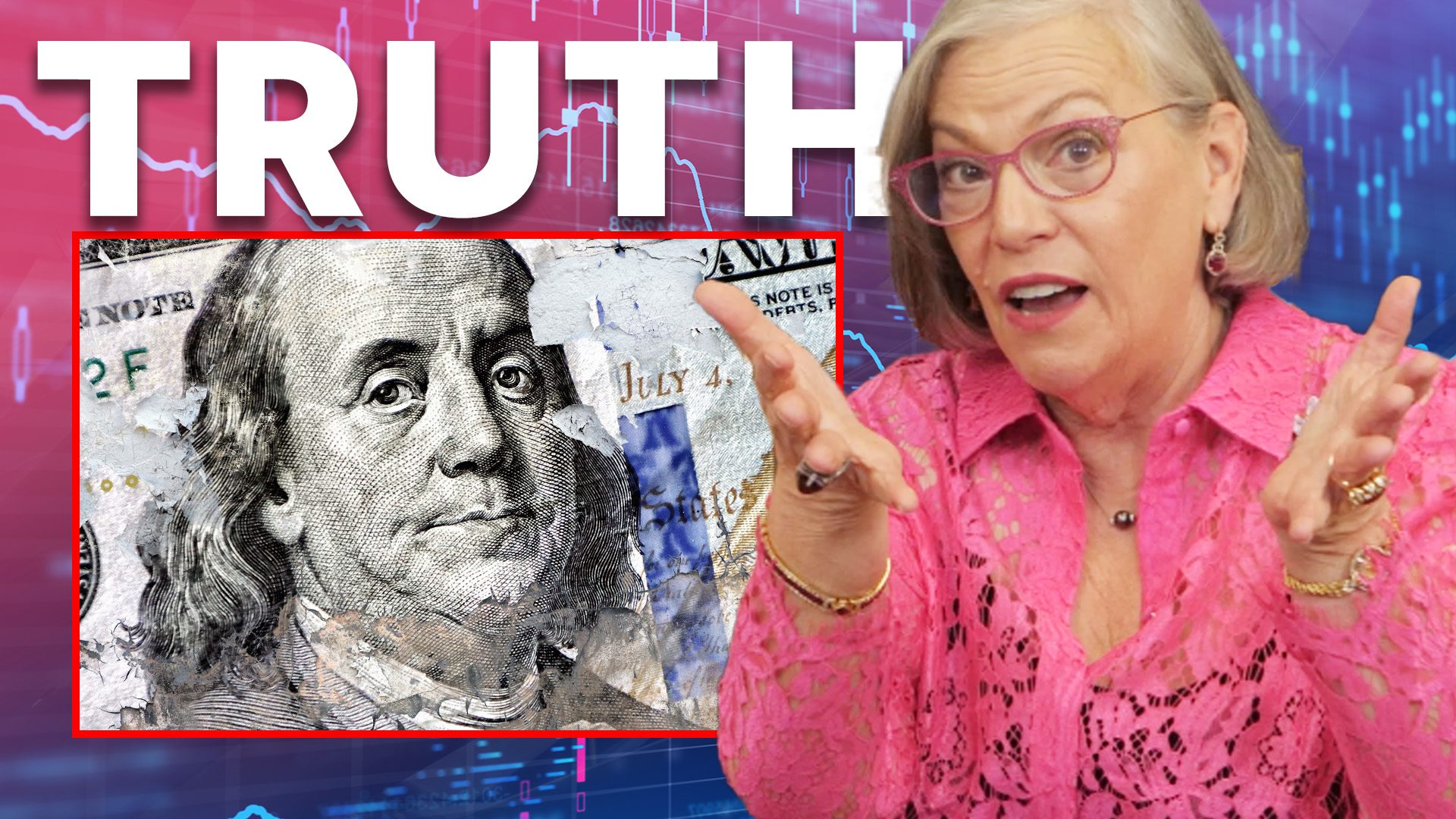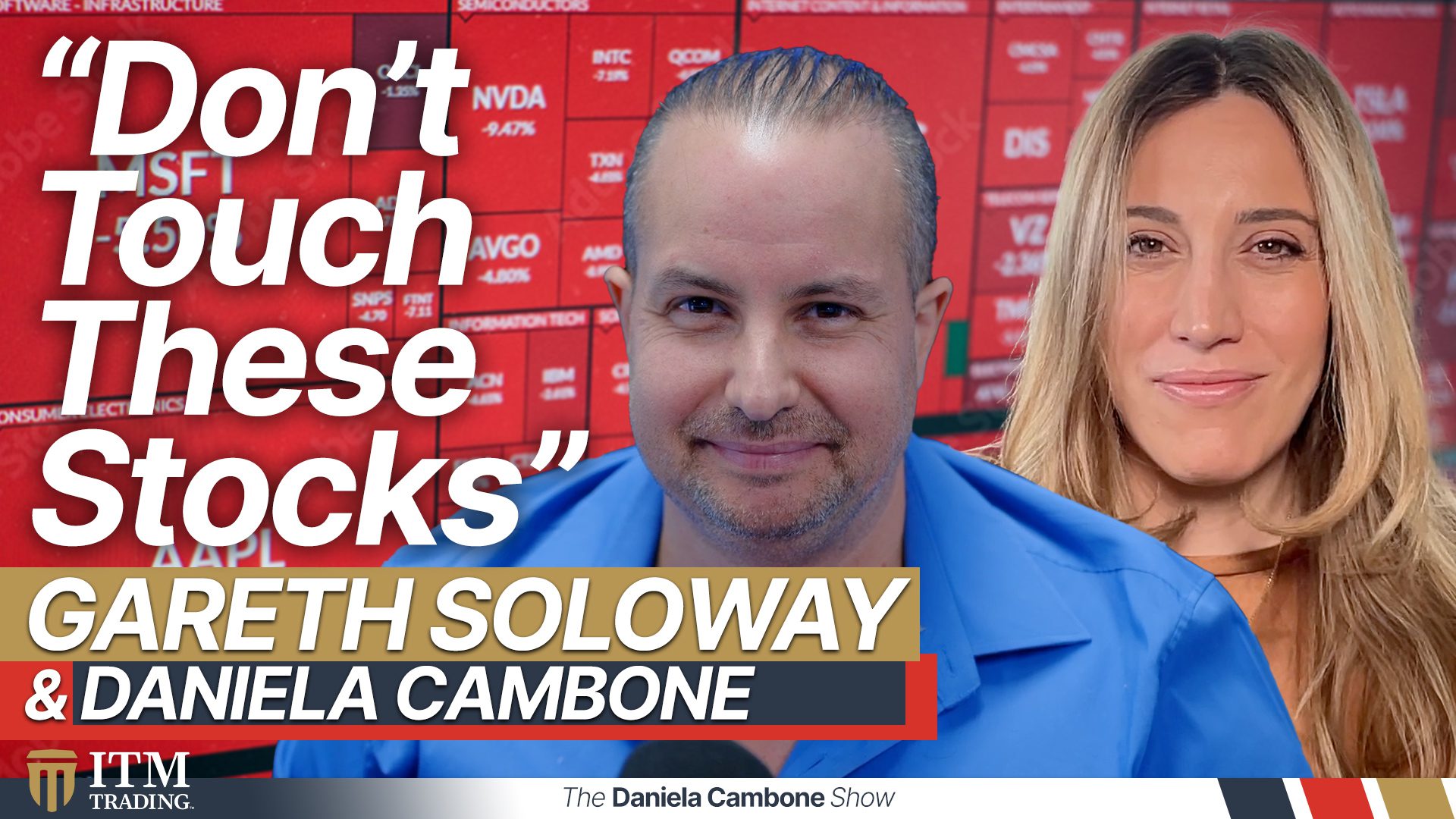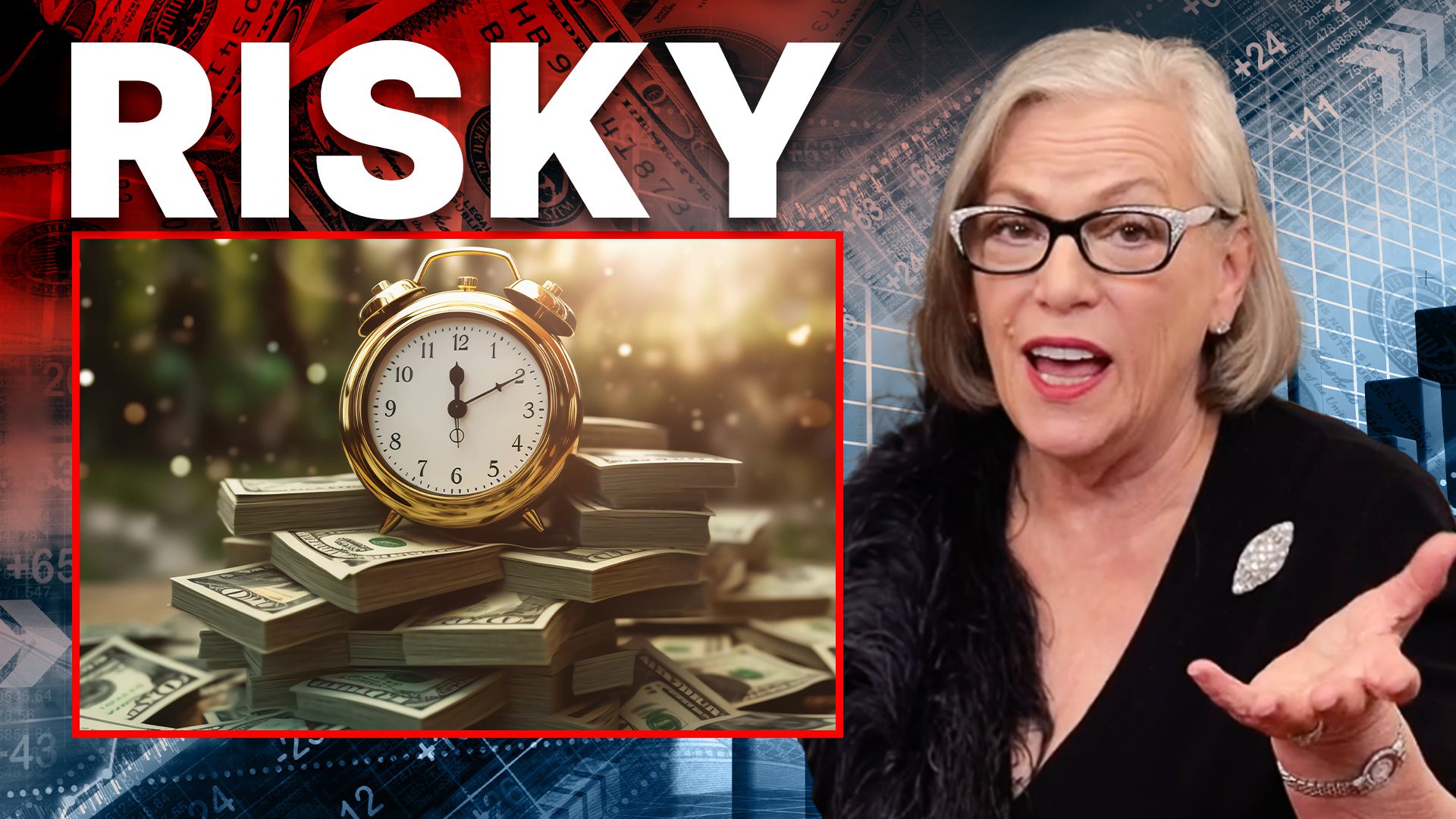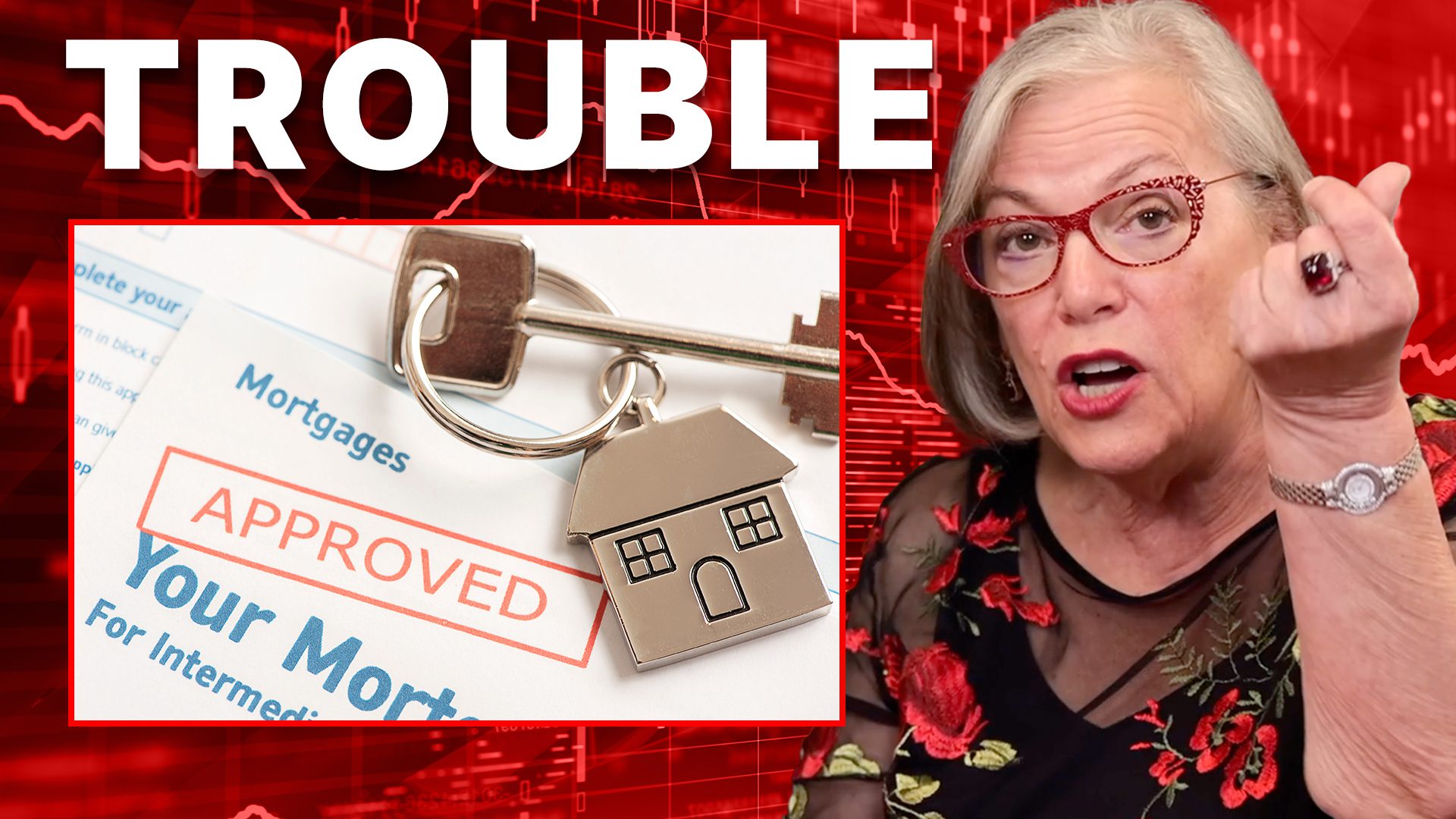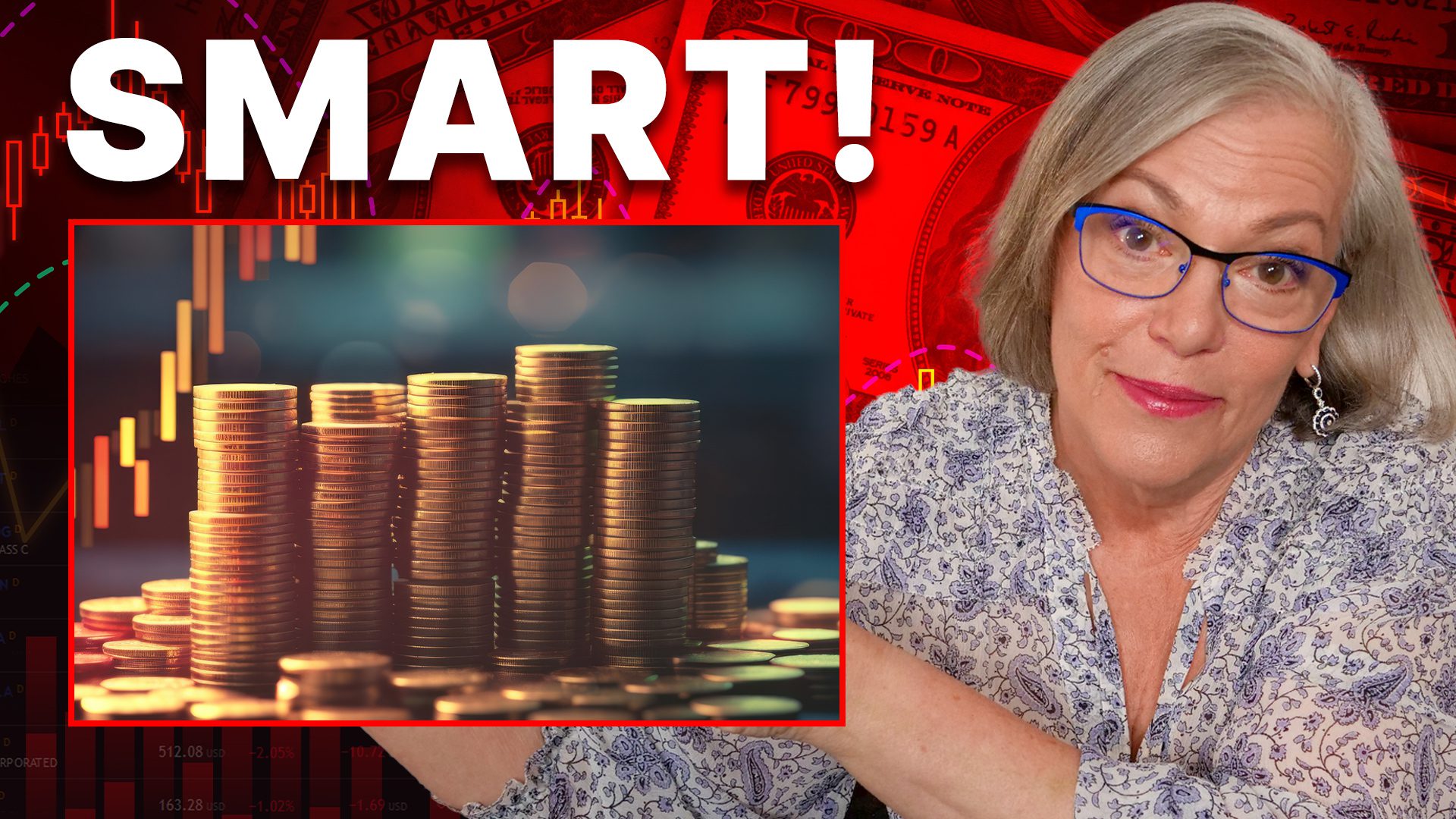Safeguarding Against Central Bank Digital Currencies
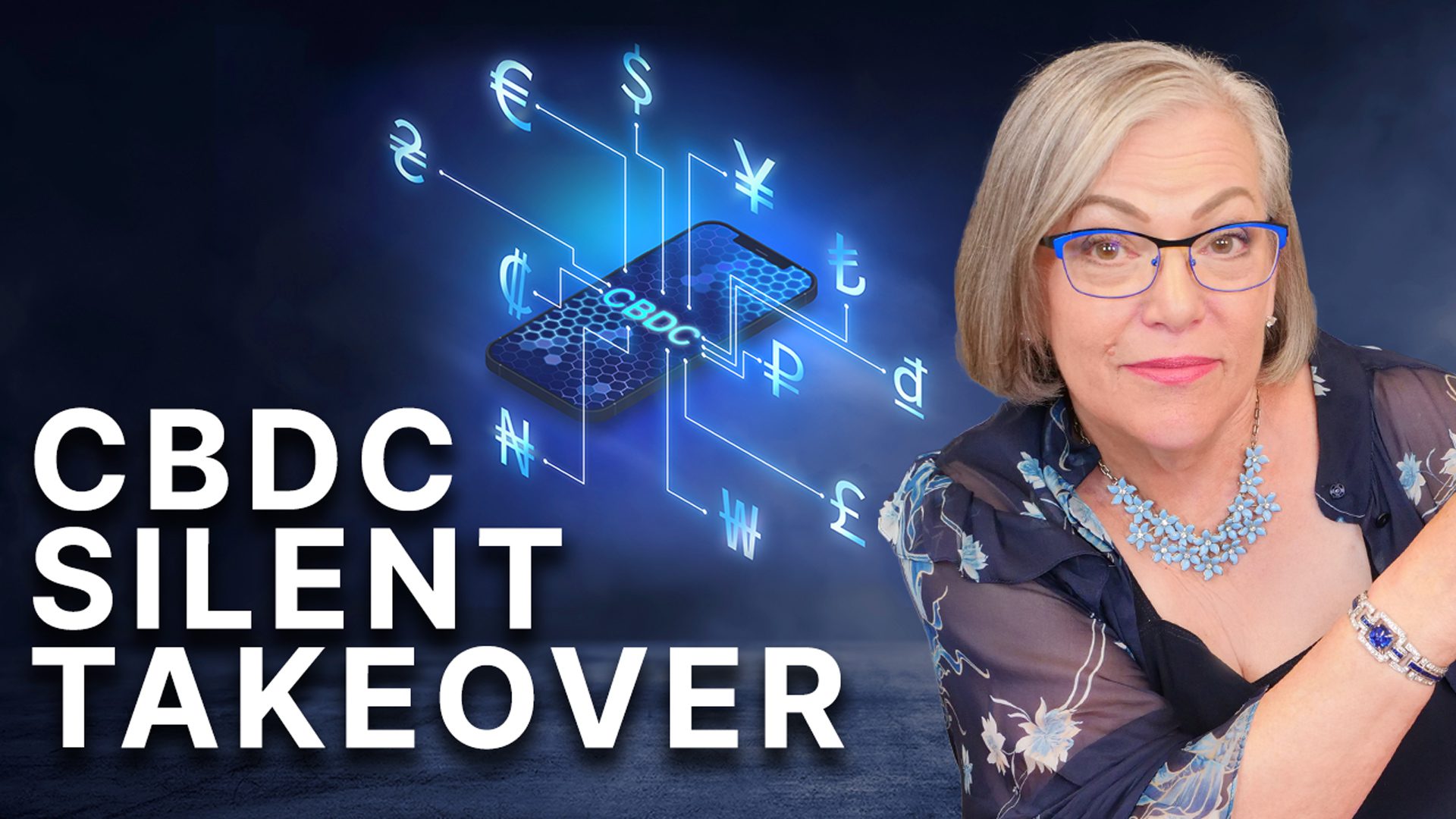
In this video, we break down the intentions, implications, and potential risks of CBDCs. Are Central Bank Digital Currencies paving the way for a cashless future or a surveillance nightmare? Stay ahead in this evolving landscape of digital finance and safeguard your financial independence!
CHAPTERS:
0:00 Central Bank Digital Currencies
0:56 What are CBDCs?
2:00 Are CBDCs Replacing Dollar?
3:32 Examples of Programming Money
6:25 Controlling Your Choices
8:51 CBDC vs Crypto
9:25 Cons of Eliminating Digital
10:31 Hackings
13:07 Protect Your Wealth
TRANSCRIPT FROM VIDEO:
Lynette Zang (00:00):
So today we’re gonna talk about CBDCs since that’s the intention of the central banks, we have a choice at this point in time. Yes, FedNow is getting into place to get us prepared for the next crisis so they can issue CBDCs inside of these accounts and get you to spend them and use them. But will you reload it? That’s the big issue that a lot of these central banks that have been running this experiment has found. So I think it’s important that you understand everything that you possibly can about CBDCs so that you can make choices and get into proper position so that it does not negatively impact you and take your freedom away. So Ryan is gonna ask me a bunch of questions about CBDCs and we’re gonna just dig right in.
Ryan (00:56):
What are CBDCs?
Lynette Zang (00:59):
CBDCs is the acronym for Central Bank Digital Currencies. So this is, they’re calling it an evolution in money because now it is completely intangible, but it’s also a hundred percent under the auspices of the central banks where they can, and the government where they can monitor all of your income, all of your spending. They can control what you spend your money on, how much you spend it on, how long it’s even viable in your account and everything else. I mean this is how they get you full control. If you have money that is outside of the system, then you have a lot more freedom and independence, but that’s not what they want. Remember World Economic Forum said you, you’ll own nothing and you’ll be happy. I don’t think you’re gonna be happy if you own nothing because that means somebody else owns it and they dictate to you.
Ryan (02:00):
Do they want CBDCs to replace the dollar or is it going to be the dollar in a digital form?
Lynette Zang (02:07):
Well, it is gonna be the dollar in a digital form because what they know about transitioning us from one currency, one kind of currency into the next kind of currency is that they have to keep it as much initially anyway, what we are used to. So that’s why even though things have changed, I mean we had a gold backed dollar, we had a debt backed dollar. Now we’ll have an air backed dollar or, or based upon purchases, things like that. But they’re all called the dollar so that you don’t realize that anything has changed when it, when in reality everything has changed. And they’ve also stated that they are not going to automatically take cash out of the system. Rather there’ll be a chip in there that will follow their policy. Because even though cash use has been declining and they started this process in the fifties, this is not something that happens overnight. This is something that takes a long period of time. So the frog in the pot of water, right? So they’ve talked about leaving cash in there and even letting the current system run parallel with the digital dollar until they get enough participation and compliance. ’cause That’s not a guarantee.
Ryan (03:32):
What are some examples of how they can program the money and why would they want to do that?
Lynette Zang (03:38):
Right now, it takes 18 months when they create a policy, takes roughly, you know, 12 to 18 months before it trickles through the economy. That’s why we’re starting to see the slow down now, but it’s based upon the increase in interest rates that happened a year or so ago. Okay. So we’re just starting to feel that effect. So there’s that lead and that lag time going to a CBDC eliminates that lag time. So the statement for governments, ’cause there’s two entities that benefit from, I didn’t say three, I didn’t say the public, but, for the governments, they can charge lifetime taxes. They can pull the taxes out whenever they want to pull the taxes out. For central banks, what they’ve stated is, number one, they are gonna sell it to us or they’ve said that they’re gonna sell it to us, is we will handle, there will be no more inflation. No, because they’re going to go negative rates and there will be hyper-deflation. But what they’ve said is once we have CBDCs, there are then no limits to how low we can push interest rates, which eats your principle and could inspire you to go out and spend it. So this is really critical because the other thing that they said is, again, that they could have their finger on the button of the economy 24/7. They could be tweaking policy and boom, instantly know whether or not that’s gonna work. I mean, we’re a consumer driven economy. If you attempt to save those CBDCs, you will watch your principle erode so fast that the most likely outcome is that you’re gonna go out and you’re gonna spend those CBDCs and try and, and put them in anything that will hold their purchasing power better, which is what happens in hyperinflation as well. So once we go to a CBDC and they completely wean us off of the dollar and the current system, or they get it close enough that they feel they’ve got enough adoption, that’s when physical paper will likely go away. But then the central banks, and particularly the central banks, have full control over your choices. And if you make choices that do not align with what they want, they can control that unless you have real money outside of the system.
Ryan (06:25):
What are some examples of those choices they might want to control?
Lynette Zang (06:29):
Well they, they would definitely want to control where you’re spending that money, how long that money actually has any viability of life. So, you know, kind of takes you to a social scoring situation where if they don’t like your politics, you disagree with them and your vocal about it, they can just push a button and cut you off. And we saw that happen in Canada before the CBDCs because the truckers didn’t like what the government was doing and what did they do? Boom, they cut them off. So the CBDCs would be that on steroids you don’t like what they’re doing. They can say, all right, push a button now you have no access to any of your money. But that also means that that any money that you earn would go directly into the CBDC account. So I can see a lot of problems with that. You know, you’re not getting a paycheck anymore, it goes into the account and what happens if they decide that they don’t like what you’re saying or they don’t like what you’re doing? And I mean that’s really the biggest risk isn’t it? Is control by cutting you off and hey, didn’t we just see the US do that with Russia? So a lot of these things, honestly it doesn’t matter whether you’re a government or a corporation or an individual. You really have to pay attention to how money and monetary weapons are used against whoever they consider their enemy. Because the central bank’s job is not to support you. It’s to support the banking system and make sure that they stay alive. That’s really what they’re fighting for. And you give them control over the CBDCs just like we gave them control over inflation in 1971 and we’ve lost like officially 97% of our purchasing power. How well has that worked for the public? It’s worked really well for the 1%. It enabled that income and wealth and equality that is about to grow exponentially if they get adoption of the CBDC.
Ryan (08:51):
What’s the difference between CBDCs and cryptocurrencies?
Lynette Zang (08:55):
If you look at the bank for international settlements, which is the central bank’s central bank and you look at their money flower, there is a very small place that they have set aside for private cryptocurrencies. There’s a much bigger space that’s set aside for commodity currencies, silver and gold, the utility of the central bank’s currency. The CBDC would be control and surveillance.
Ryan (09:25):
What are the ramifications for getting rid of cash indefinitely moving into this digital dollar?
Lynette Zang (09:33):
Well, you know, right now at the moment, cash is a debt instrument. You can look at the top of the bill and it says Federal reserve note and a note is a debt instrument, but it does not have a coupon. So it pays 0% interest. So you can’t, you need gold really to protect yourself from inflation because inflation is baked into the current monetary system with the cash. They know how to deal with that. And that is simply by putting a chip in there that follows whatever interest rate the central bank is choosing. So it kind of eliminates that. But if you have cash right now, it’s still considered cash in the wild. Once they get rid of the cash completely, then you know really once they put the chip in the dollar, whether it’s cash or not, they kind of have you buy the cajones.
Ryan (10:31):
There’s been some major hacks in cryptocurrency. Do you think that hacking will be prevalent with CBDC as well?
Lynette Zang (10:39):
A hundred percent. I mean we’ve even seen hacks into the SWIFT system, which is supposed to be the most powerful and reinforced money transfer system in the world. And it is. And we’ve even seen hacks there and that’s definitely growing more and more. But yes, I definitely do see the probability of hacks. We don’t know how much is getting hacked now because they don’t want us to know. ’cause They want us to feel comfortable with intangible currencies and intangible money. So there’s a lot that’s going on that we don’t know about. But yeah, I mean right now you can’t protect your purchasing power from inflation, but you can protect your principal. They go to negative rates. They don’t want you to protect. There’s no purchasing power left. I mean, honestly, look at the FRED chart on purchasing power of the consumer dollar and you know darn well they’re fudging it just so you feel better about it. But there’s that big fat zero that is so easy to see because that’s what happens to every single currency. So only the currency before it has the chip in it can protect your principle, not your purchasing power, but your principle. They get rid of that by putting the chip in it. They don’t have to take it away from us to get rid of it. There is no protection. That’s why you gotta have this outside of the system. You put it in, you convert it into the currency that you need to barter with when you need it to barter.
Ryan (12:15):
You mentioned before you believe people have a choice still in CBDCs. Can you explain that more and explain how the public has a choice?
Lynette Zang (12:24):
Yeah, because understand, we vote with our wallets. We vote with our purses, right? That’s how we vote. So if you retain all of your money in the fiat system, whether it’s stocks, bonds, ETFs, but it’s those things that can only be converted into the fiat money. Frankly, that’s your vote. And when this next crisis occurs and they push all of that free money just like they did with these, but you know, they push all of that free money. ’cause remember the FedNow accounts that 24/7 instant payment system is in place. Really what governments have found that when they give the money away, people will use those accounts, right? But if to get them to reload those accounts, they have not been very successful. So that’s the choice. Yes, you’re probably gonna go ahead and use the free money, but this is what retains your choice because this is outside of the system, right? And this is my personal vote along with Food, Water, Energy, Security, Barterability, Wealth Preservation, Community and Shelter. That’s what, that’s my vote. That’s where my wealth and my money goes, right here. But if you use it, then if everybody adopts it, then we’re gonna have CBDCs. But we don’t even need everybody to adopt it or not adopt it. We only need a vocal minority. So that’s what my work is about, to help you understand that right now we do have choices.
Lynette Zang (14:17):
You can vote with your purse if you do not vote for this, which really is outside of the system and has been for thousands and thousands of years, when we go into a CBDC, and they can control every single thing that you do. Bye-bye freedom. Bye-bye choice.
Ryan (14:39):
Thanks Lynette. Appreciate it.
Lynette Zang (14:41):
My pleasure. It’s important for people to understand this. Ignorance does not make you immune, it just leaves you vulnerable. And personally, I don’t want anybody to be vulnerable.
